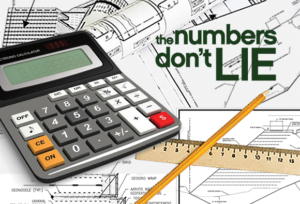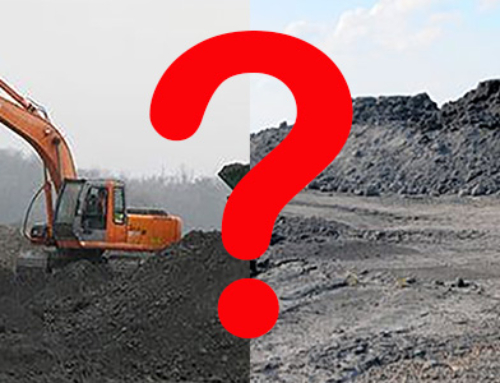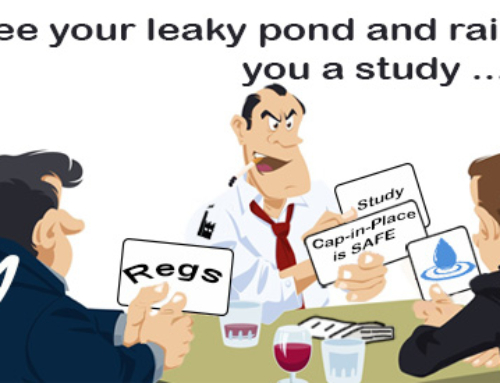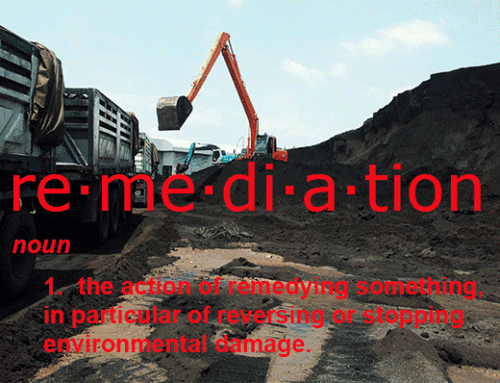
Most CFOs are planning to curtail capital expenditures (CapEx), anticipate more layoffs and other means to cut spending to bolster finances amid the COVID-19 economic fallout, according to various sources. Like all other businesses, the environmental industry is no exception.
For example, companies with a larger proportion of landfill assets reported plans to ramp down capital expenditures for new cell construction or expansions, as projected lifespans extend due to volume declines. These volume declines may delay the landfill CapEx for a while, but it certainly will not permanently eliminate the CapEx need.
Here at EnCAP-IT we use a term, “Funded CapEx”. We are afforded the opportunity to use the term Funded CapEx because our solution tools; safeBERM®, safeSTORAGE® and safeREUSE™ utilize non-traditional construction materials in an environmentally safe manner, voiding the costly procurement of natural resources.
For example, our safeBERM® Solution takes the costliest construction line item under a traditional berm method: material procurement and converts the cost into a funding source. Depending on material availability, the Net CapEx Cost is dramatically reduced, eliminated or a negative CapEx (Profit) is created. Here are some industry metrics to consider:
THE RANGE OF CAPITAL COSTS TO DEVELOP AIRSPACE
Stage |
Capital Cost to Develop Airspace |
|---|---|
| First Cell | $10/CY to $20CY |
| Average cell after the first | $2CY to $5/CY |
| Permitted expansion | $5/CY to $10/CY |
| MSE berm expansion | $10/CY |
| safeBERM® expansion | ($2/CY) to $4/CY |
In the face of COVID-19’s impact on capital project and construction programs (CapEx), there are important actions that owners, contractors, subcontractors, and suppliers can take NOW to improve control of their construction programs and be better positioned when the pandemic subsides.





